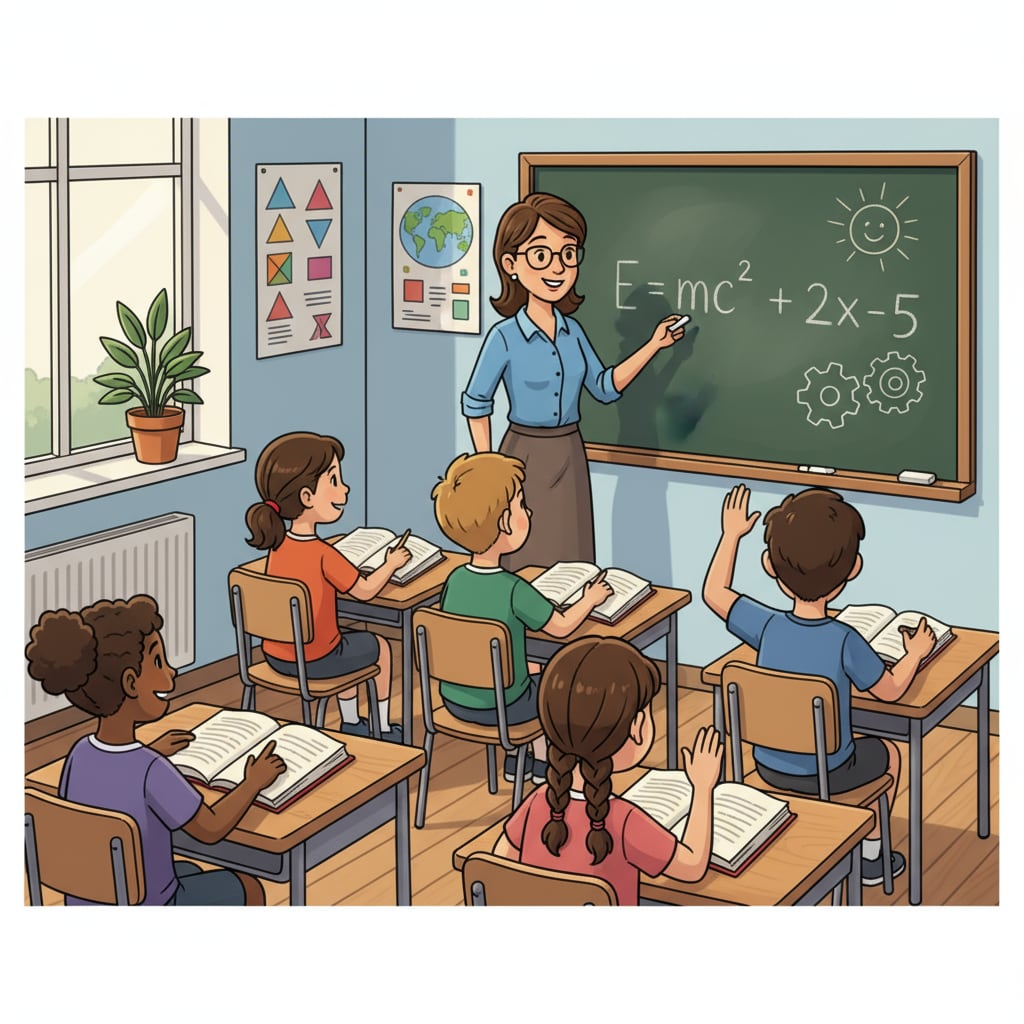In the dynamic landscape of K12 education, the intersection of teaching methods, technology, and tradition presents both challenges and opportunities. As educational technology continues to advance at an unprecedented pace, educators are faced with the crucial decision of how to navigate between traditional and modern teaching approaches. This article aims to explore the delicate balance between these two worlds, highlighting the benefits of each and providing insights into how to create an optimal learning environment for students.
The Allure of Traditional Teaching Methods
Traditional teaching methods have long been the cornerstone of education. Rooted in centuries of educational wisdom, they offer a structured and time-tested approach to learning. For example, face-to-face lectures provide students with the opportunity to engage directly with instructors, ask questions, and receive immediate feedback. This personal interaction can be invaluable in building relationships and fostering a sense of community within the classroom. Additionally, textbooks and other printed materials serve as reliable sources of information, allowing students to delve deep into subject matter at their own pace. Traditional education on Wikipedia

The Rise of Modern Teaching Technologies
In recent years, the integration of technology into education has revolutionized the way students learn. Modern teaching technologies, such as online learning platforms, educational apps, and interactive whiteboards, offer a wealth of resources and opportunities for engagement. For instance, online courses allow students to access high-quality educational content from anywhere in the world, at any time. This flexibility can be particularly beneficial for students with busy schedules or those who live in remote areas. Moreover, educational apps and games can make learning fun and interactive, motivating students to actively participate in the learning process. Educational technology on Britannica

However, it’s important to note that while modern technologies bring many advantages, they also present some challenges. For example, the over-reliance on technology can sometimes lead to a lack of face-to-face interaction and social skills development. Additionally, not all students have equal access to technology, which can create a digital divide and further exacerbate educational inequalities.
Readability guidance: As we’ve seen, both traditional and modern teaching methods have their own strengths and weaknesses. In the following sections, we’ll explore how to strike a balance between them to create a more effective learning environment. By combining the best of both worlds, we can enhance student engagement, improve learning outcomes, and prepare students for success in the 21st century.


